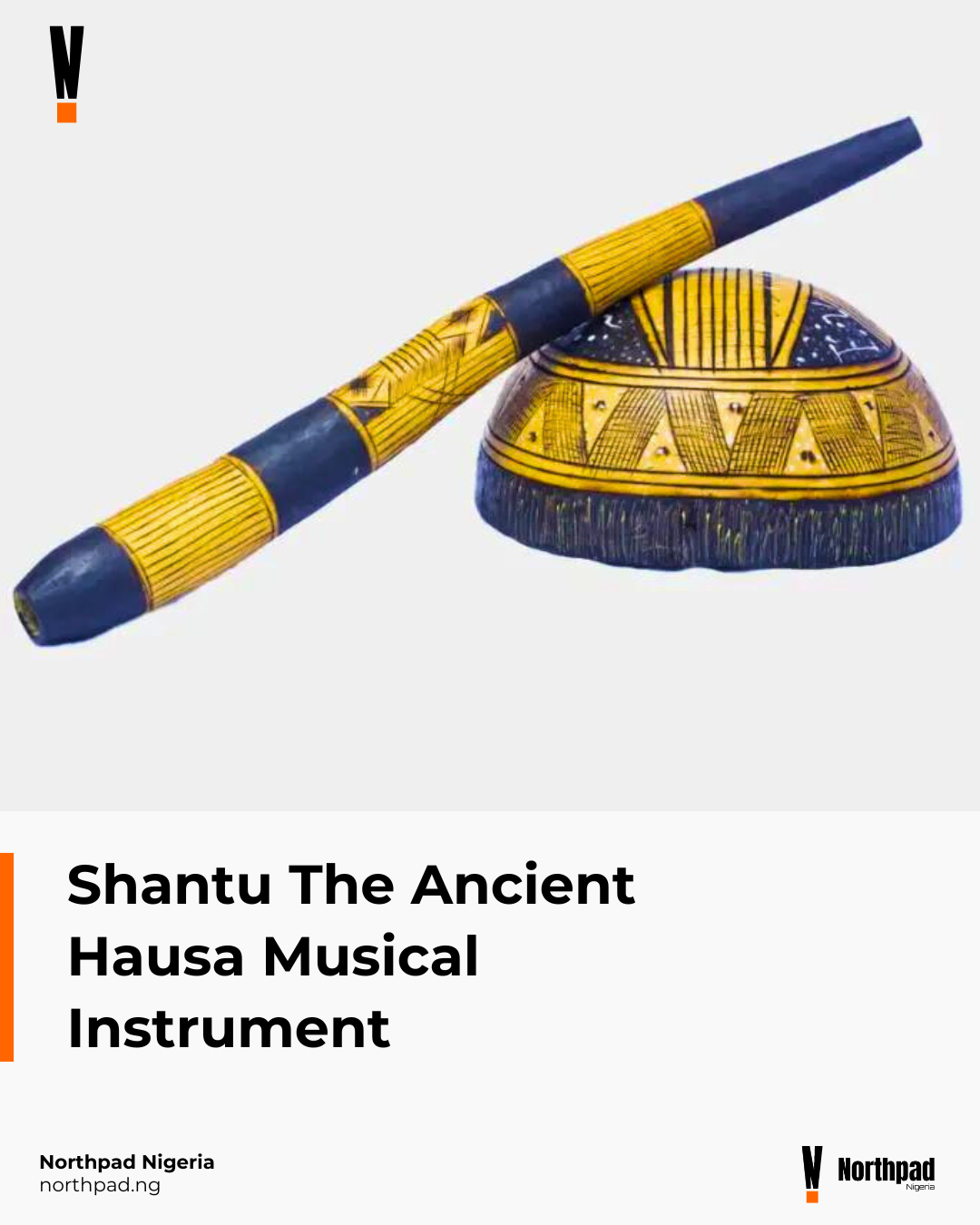To all the Hausa people and the rest of the world, marrying a Hausa girl is quite a rollercoaster. For those unfamiliar with the process, here is a detailed step-by-step guide to a Hausa wedding.
Although a large number of people in this region speak the Hausa language, different tribes among them have their own unique dialects. The Hausa traditional marriage is mostly based on Islamic teachings and is not as time-consuming or expensive as the Igbo and Yoruba traditional marriage ceremonies. However, the process leading up to the marriage is slightly similar to what is obtained in other regions of Nigeria.
The Process of Marrying a Hausa Girl
- Approaching the Girl: The man must approach the girl with genuine and respectful intentions of marriage, following traditional customs and etiquette. Initial conversations are respectful and guarded, aimed at understanding each other’s values and compatibility without engaging in physical or romantic interaction.
- Asking for Permission (Na Gani Ina So): When a man meets the woman he wants to marry, he must first seek permission from her parents. This is the part where he goes to meet the father for discussion and revelation of his intention. The initiation of this step is usually communicated by the boy through the girl, through her mother/female guardian in most cases then to her father. this is when date adn time for the Na gani ina so is set by the father to meet the boy.
- The Investigation: The bride-to-be’s family will then conduct an investigation into the boy’s background to determine his religious beliefs, ethics, morals, and family customs, as well as other important details about his upbringing. If the woman’s family approves, the groom-to-be is allowed to see her briefly, but any form of physical contact, romance, or courting before marriage is highly discouraged.
- Involving the Guy’s Parents/Guardians (Gaisuwa): Once the woman accepts the marriage offer, the man sends his parents or guardians, as well as elderly relatives, to formally ask for her hand in marriage. However, this may not be the same for all the tribes in the Hausa communities, as each has different customs regarding marriage rites. The process mentioned above is the most common method.
- The Sa Rana (Dowry Bargain/Setting of Wedding Date): On their trip to the bride’s family home to seek her parents’ consent, the groom’s family takes along items such as kola nuts, bags of salt, sweets, etc. It is during this visit that the groom’s parents will make their intentions known. Gaisuwa is a formal approval from the bride’s family to the groom’s. This is usually where the bargain for the bride’s dowry begins. The bride price starts from a minimum amount known as ‘Rubu’u Dinar’ in Hausa, an Arabic phrase meaning ‘quarter kilogram of gold piece’, to the highest amount the groom can afford to pay. It is preferred for the bride price to be as low as possible because, according to Islamic teachings, the lesser the amount paid as the bride’s dowry, the more blessings will come to the marriage.Payment of the dowry is known as ‘sadaki’. Also, the wedding date is fixed during this visit by both families. The process of setting the date is called Sa Rana.
- Arranging the Box (Lefe): As part of Hausa tradition, it is the husband’s duty to provide a house for the couple to live in and a box filled with garment and clothes for the bride called Lefe.
- The House Furniture (Kayan Daki): Furnishing the house is the full responsibility of the bride’s family.
- The Wedding Events:
- Kunshi: At the wedding Fatihah, women are to remain indoors, preparing the bride for her new life as a wife, which is referred to as Kunshi. The Kunshi is similar to a bridal shower.
- Sa Lalle:This event is strictly for the ladies. This is when the bride gets to spend the last bit of free time with her friends and female family members in her father’s house. A mixture of henna is made and used to create beautiful designs on the bride’s hands, palms, and legs. Her friends and family also get henna designs on their hands, but not as elaborately as those of the bride.
- Mother’s Day/Kamun Amarya: Kamu means ‘catch the bride’ and it is one of the oldest and most interesting events in the Hausa wedding tradition. To get the bride, the groom’s family negotiates with the bride’s friends for her release. This is a really fun event, and the negotiation may take up to 30 minutes, followed by a fun reception.
- The Wedding Day/Wedding Fatihah: The Fatihah is the most significant event of the entire wedding ceremony. Unlike many other cultures, in Hausa culture, it is a representative from the groom’s and bride’s family that exchanges vows, not the bride and groom themselves. They do this in the presence of a religious priest and wedding guests. Prayers are then offered to the newlywed couple, and the celebration continues.
- Reception/Dinner (Walimah): The wedding reception is known as a Walimah and is carried out according to the tastes of the families involved. It is usually held after the Fatihah and goes on for a whole day with food and drinks available for family, friends, and well-wishers.
- Conveyance of the Bride (Kai Amarya): Family and friends escort the bride to her matrimonial home to be well-received by the groom’s family. This is usually preceded by prayers and advice from her family. This is not the end of events in a Hausa marriage. Depending on the families’ wealth, there is usually a grand reception to end the entire wedding ceremony. This includes food, music, and entertainment.
- Shiga Daki
- Sayan Baki: In some parts of the north, this ceremony adds more color and glamour to the wedding. The Sayan Baki is a negotiation between the groom’s men and the bridesmaids, debating on the amount to be paid before the bride is allowed to speak to her groom.
Conclusion
A Hausa wedding is a sacred event conducted differently depending on Hausa tradition. Nowadays, it is not limited to the traditions of Hausa land but has become a household event, with each household doing it differently. However, the general process is as listed in this article.






![Moderate Kayan Lefe List and Cost for Intending Hausa Couples [Updated]](https://northpad.ng/wp-content/uploads/2024/06/Update-Moderate-Kayan-Lefe-List-and-Cost-for-Intending-Hausa-Couples.png)



0 Comments